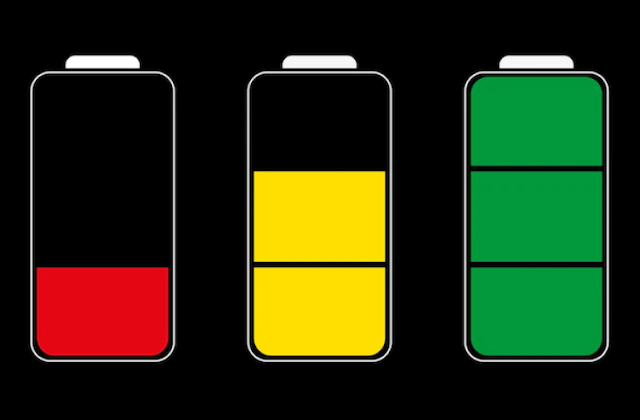Researchers from the University of Queensland have developed a super-thin cathode coating that can help high-voltage lithium-ion batteries last longer.
Rechargeable lithium-ion batteries power much of modern life, including our smartphones, computers, and electric vehicles, as well as renewable energy storage.
However, they are not without flaws. Li-ion batteries can have safety hazards depending on their chemistry, and they may contain cobalt, a pricey and poisonous metal that has been utilized in batteries for decades.
A group of nanotech experts led by the University of Queensland (UQ) has published research describing a new super-thin protective covering that could solve some major li-ion battery problems.
The study, which was published in Nature Communications, shows how this layer can“more than double” the life expectancy of high-voltage li-ion batteries, from a typical average of several hundred charge/discharge cycles to over 1000.
The researchers chose to focus on enhancing the cathode, the positive side of the battery, according to senior author Professor Lianzhou Wang of UQ's Australian Institute for Bioengineering and Nanotechnology and School of Chemical Engineering.
“If you look at a battery, there are two key components: a cathode and an anode, and in between there’s a membrane and also there are some electrolytes,” Wang told create.
“The cathode is about 40% of all the costs in the battery system — and it’s also the bottleneck".
“If you look at the current state-of-the-art cathode material in commercial products, the specific capacity that cathode can deliver is about 150 to 200 milliampere hour per gram (mA h g), but the very common anode materials — like graphite, for example — can deliver more than 300 to 370 mA h g,” he said. “So, one side’s capacity is much higher than the other side.”
The UQ team set out to create a new cathode layer that might withstand corrosion while also extending battery life.
Atomic-thin crystal coating
Despite the lithium-ion battery's importance (the researchers who invented it got the Nobel Prize in Chemistry in 2019), finding a cathode material that has a high energy density, is cost-effective, and does not harm the environment has been difficult.
Early-generation lithium-ion batteries, which were initially commercialized by Sony in the early 1990s, use lithium cobalt oxide as a cathode material, which is highly efficient but has other drawbacks, according to Wang.
“The lithium cobalt material is good, but the cobalt itself is toxic, and the cost is quite expensive, so this is a problem — and also it’s got some safety problems,” he continued.
Alternatives such as nickel and manganese can be stable, but they can dissolve into the electrolyte and damage the battery system over time.
Wang and his team used the epitaxy technique to build a coating for a lithium, nickel, and manganese-based cathode material. The cathode particles are coated with a one-atom thick layer of lanthanum, nickel, manganese, and oxygen crystal.
This protective layer allows for a high-voltage battery (about 4.5V) while also reducing cathode erosion.
“This is the key innovation of work, with this mono-layer protection, the dissolution of the nickel and manganese become more difficult,” Wang explained.
When tested using a graphitic carbon anode and a non-aqueous electrolyte solution at a testing facility, the team discovered a capacity retention of about 77 percent after 1000 cycles.
Scaling up and commercialising
The protective material could be commercialized in two to three years, according to Wang, although there is still work to be done. The next step is to scale up, moving from coin-sized batteries to medium- and large-scale testing, in collaboration with industry and the CSIRO.
Trailblazer, a newly formed $242.7 million federal government program, aims to speed up the commercialization of research like this.
Curtin University, in collaboration with UQ and James Cook University, will lead the Resources and Critical Minerals stream of the program, which was announced in April.
Curtin's Director of Commercialisation, Rohan McDougall, told create that 33 industry partners are on board.
